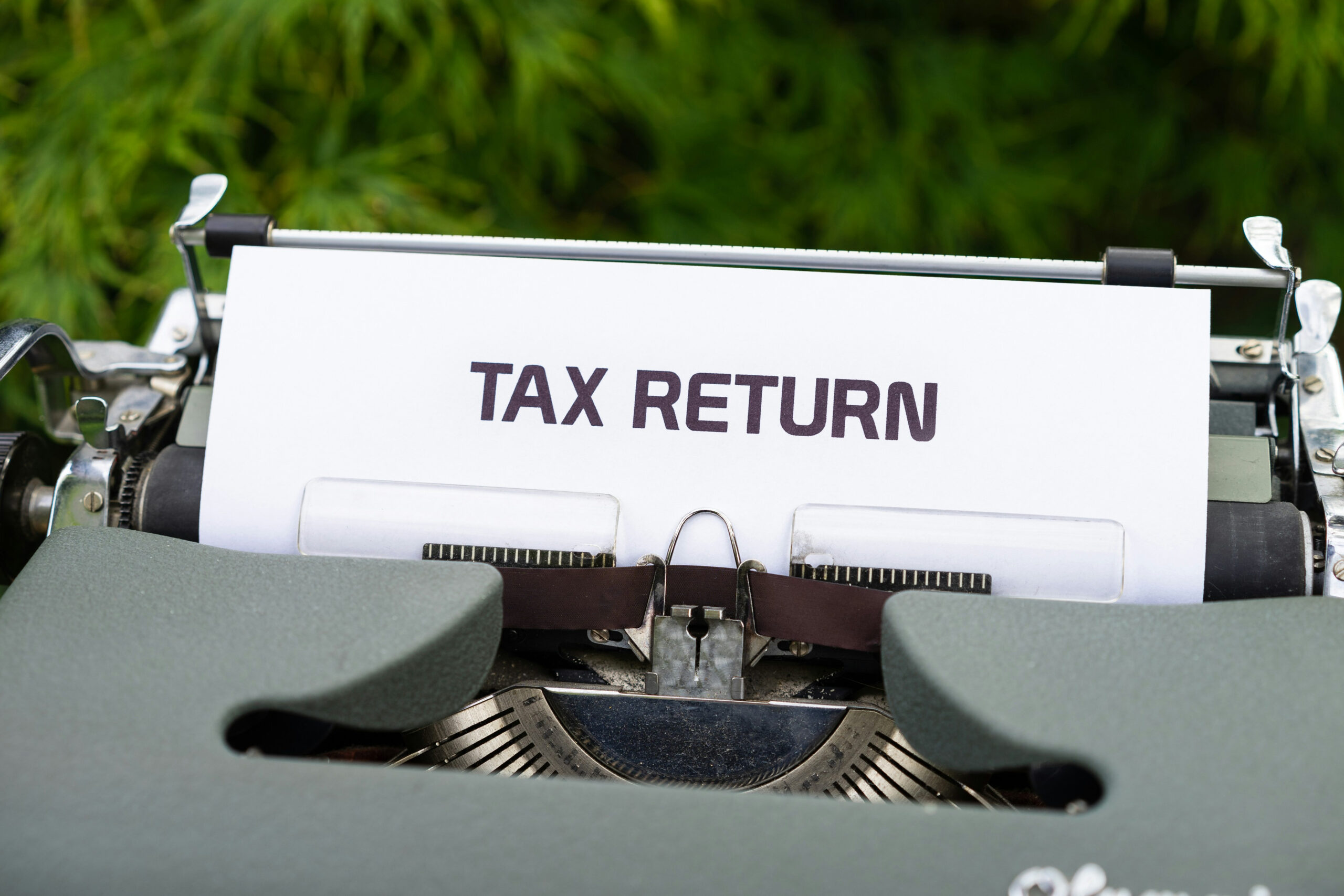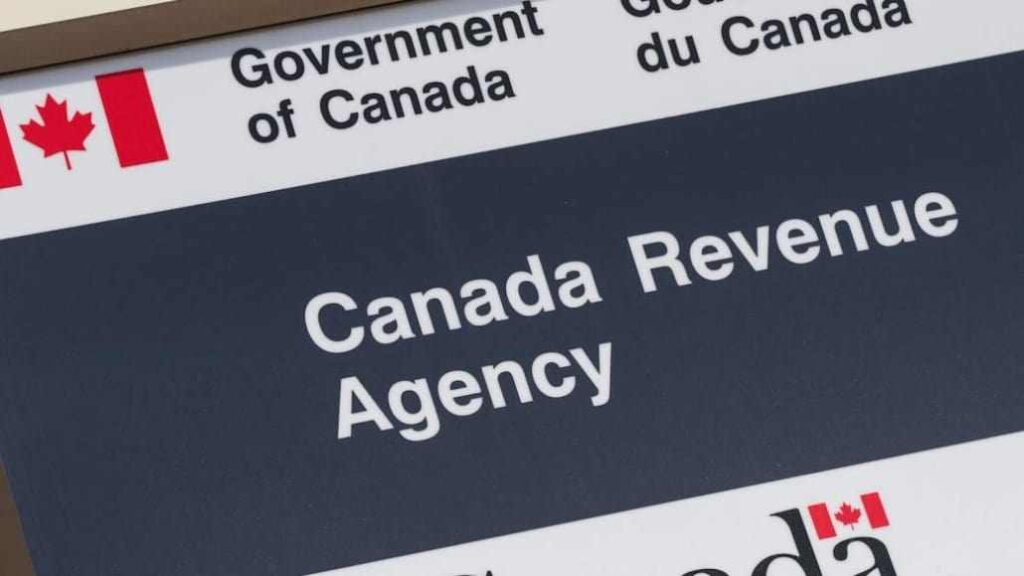The year 2025 brings some major shifts to Canada’s tax landscape, with measures that affect individuals, businesses, and consumers alike. From long-promised income tax cuts to adjustments in tax brackets, the repeal of digital service taxes, and changes to savings opportunities, Canadians should be aware of how these updates might influence their finances in the coming year.
One of the most significant announcements is the cut to the federal income tax rate for middle- and lower-income earners. Beginning July 1, 2025, the lowest marginal tax rate is dropping from 15 percent to 14 percent. Since the change takes effect halfway through the year, the effective rate for 2025 will be about 14.5 percent, before settling at the full 14 percent in 2026. This measure is expected to benefit roughly 22 million Canadians and deliver more than $27 billion in tax relief through 2025–26 and beyond. The Canada Revenue Agency will adjust payroll withholdings starting in July, so many Canadians can expect to see slightly larger paycheques right away, with further balancing to come at tax time in 2026.
In addition to the rate cut, tax brackets themselves are being adjusted upward to account for inflation. To prevent what’s known as “bracket creep,” where rising wages push taxpayers into higher tax brackets even though their purchasing power has not meaningfully increased, the federal government has indexed the 2025 brackets by approximately 2.7 percent. For example, the lowest bracket now covers income up to $57,375, up from $55,867 in 2024. The second bracket extends to $114,750, up from $111,733, with higher thresholds similarly increased.
Businesses and the tech sector are also seeing major changes with the repeal of the Digital Services Tax. This levy, introduced in 2024 and applied retroactively to 2022, was intended to capture revenue from large multinational technology companies earning Canadian-source digital revenue. However, after mounting pressure from the United States and concerns over trade retaliation, the Canadian government reversed course in June 2025 and repealed the measure, signaling an effort to maintain cross-border economic stability.
For consumers, April 1, 2025, marked the elimination of the federal fuel charge, also referred to as the carbon tax, in several provinces including Ontario, Manitoba, and Nova Scotia. This reduction to zero means lower prices at the pump, though provincial fuel taxes and harmonized sales tax continue to apply. The change was controversial but widely welcomed by drivers and small businesses dependent on transportation.
On the savings side, Canadians have more room in their Tax-Free Savings Accounts (TFSAs). As of January 1, 2025, the cumulative contribution limit has risen to $102,000 for those who were eligible when the program began in 2009. For individuals turning 18 in 2025, the annual contribution room starts at $7,000. This increase creates more opportunity to grow investments on a tax-free basis and reflects the government’s ongoing commitment to encouraging household savings.
Taken together, the 2025 tax changes are designed to provide relief for individuals, stabilize cross-border trade relations, reduce consumer costs in certain areas, and expand opportunities for long-term savings. Whether you are an employee noticing a boost in your take-home pay, a small business owner adjusting to new rules, or an investor looking to maximize TFSA contributions, these changes highlight the importance of staying informed and proactive about your financial strategy.



